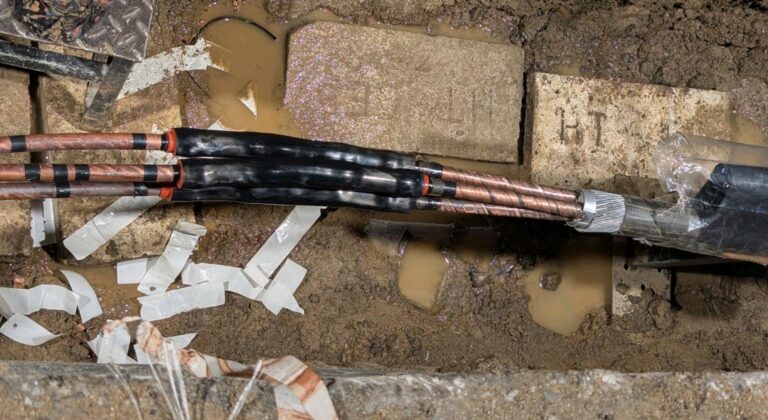From increased automation to the widespread use of non-linear devices like VFDs, UPS systems, and LED lighting, today’s plants are more prone to harmonic distortion than ever before.
Poor harmonic management can lead to energy losses, frequent equipment failures, overheating of transformers, nuisance tripping.
To combat this, engineers turn to harmonic filters. But here’s the catch: choosing between passive and active filters isn’t always straightforward.
🔌 Key Differences Between Passive and Active Harmonic Filters
🔹 Passive Harmonic Filters:
💡 Built using passive components like inductors, capacitors, and resistors.
💡 Tuned to target specific harmonic frequencies (typically the 5th, 7th, or 11th).
💡 Installed close to non-linear loads or at the distribution panel.
Pros: Lower initial investment Simple, robust design with minimal maintenance, Effective for stable, predictable harmonic loads
Cons:
Fixed compensation—limited adaptability, Risk of resonance with system capacitance
Not effective for fluctuating or wide-spectrum harmonic loads
🔹 Active Harmonic Filters (AHFs):
💡Use power electronics to detect and dynamically inject compensating currents.
💡 Continuously monitor and adapt to harmonic levels across a wide range (often up to the 50th harmonic).
💡 Centralized or distributed placement, suitable for dynamic load environments.
Pros:
Real-time harmonic mitigation across multiple frequencies, Improves power factor, balances loads, and suppresses voltage flicker, Scalable and modular for future expansion
Cons:
Higher upfront cost, Requires more technical commissioning and ongoing monitoring, Sensitive to harsh operating conditions without proper protection
⚖️ Beyond technical specs, several real-world factors should weigh heavily in your filter selection:
✅ Load Characteristics
Passive filters work well with stable harmonic profiles.
Active filters are better suited for environments where loads change frequently, such as production lines, commercial buildings, or data centers
✅ Scalability
If your load profile is likely to change with new machinery or automation upgrades, active filters offer adaptability.
✅ Space and Layout Constraints
Passive filters are bulkier and usually installed near each load.
Active filters can be installed centrally and often require less physical footprint.
✅Budget Considerations
Passive filters are cost-effective up front.
Active filters provide long-term savings through energy efficiency, reduced downtime, and avoidance of utility penalties.
🔑 Choosing the right harmonic filter isn’t about picking the most advanced option—it’s about aligning the solution with your facility’s needs, risks, and growth potential.
🔑 You may also explore hybrid solutions—using passive filters on known, fixed loads and active filters at the main distribution panel for dynamic compensation.

